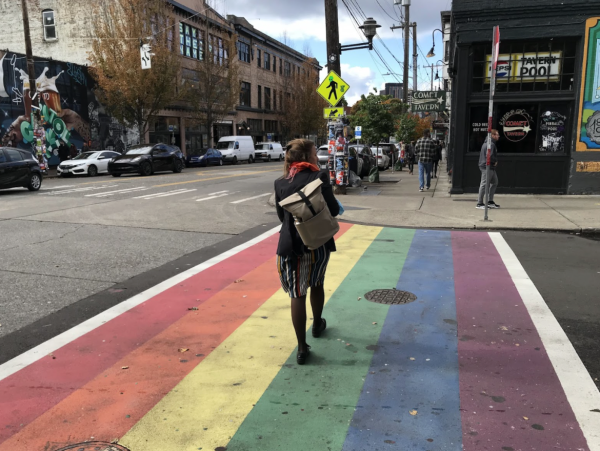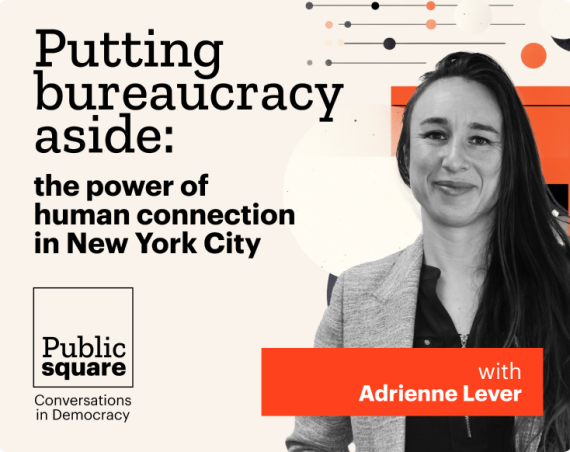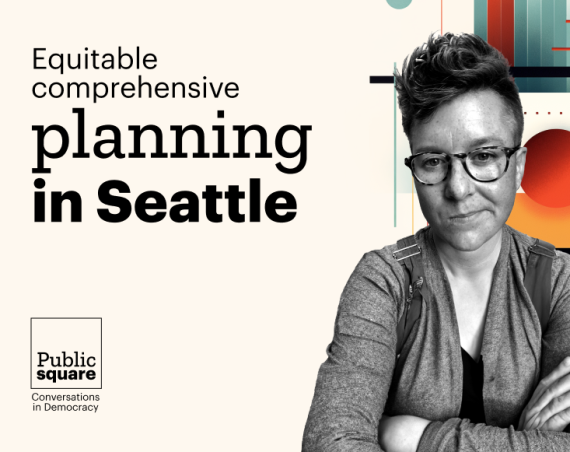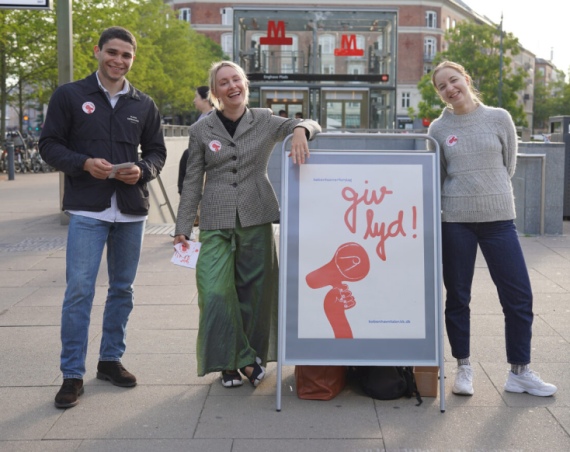This post is part of our co-founders’ travel blog series, commenting on their learnings of visits to American cities from the West Coast to the East.
To kick off our time in the US, we spent a month in the Pacific Northwest. While there, we attended the International City/County Management Association (ICMA) conference in Portland and had more than 6 meetings with cities of various sizes, ranging from the City of Seattle, WA to the City of Newberg, OR.
Here are some of our serendipitous impressions from exploring the Pacific Northwest in October:
1. Economic development is a main priority for city managers
We started our tour of the Pacific Northwest at the ICMA conference in Portland, OR. We asked more than a dozen city managers from all over the country about their main priorities for the coming year, and the topic of economic development kept arising.
City managers are eager to attract talent and investments to increase revenues and re-invest in their communities. With more and more big-city millennials moving to smaller towns, the clash between rural and urban mindsets can be striking. That’s why providing a forum for people from different backgrounds to come together and have constructive dialogue is one of the main priorities for these cities’ community engagement efforts.
Economic development projects, such as reviving downtown areas or developing vacant land, usually demand high upfront investments and can take years to go from idea to implementation. So, how do we educate communities about the importance of investing today, to benefit in the years to come? And how do we bring different stakeholders together to create empathy and understanding around different needs? These are very difficult questions, but a well-designed engagement process can start economic development projects off on the right foot, and with good momentum.

2. DEI – Diversity, Equity and Inclusion are key to successful community engagement
Cities of all sizes are trying to increase their diversity, equity, and inclusion (DEI) efforts. But before starting to meaningfully implement these elements across city initiatives, it’s important to begin with a clear understanding of the difference between the three principles.
When integrating DEI into their community engagement efforts, cities face 2 main challenges these days. The most important one is engaging minority communities. Historically disadvantaged groups have often been underrepresented or even left out of engagement processes. To change this, cities are increasingly hiring Diversity, Equity & Inclusion Managers whose job it is to conduct a community assessment process and design inclusive engagement and outreach programs. After reflecting on the protests of early 2021, the City of Seattle decided to use participatory budgeting to allocate $30 million to programs that create “true public health and safety”.

Another challenge is that public officials often lack the data to make informed decisions, resulting in public decision-making that is more prone to biases. Both qualitative data (including community input from diverse groups) and qualitative (open) data can help officials make more equitable decisions.
3. Budget transparency is increasingly important
Participatory budgeting is not always understood in the way that we (and civic tech experts) talk about it. Budget transparency and getting feedback on a city’s annual budget seems to be a bigger priority for small and mid-sized cities.
Rather than diving straight into participatory budgeting to fund community projects in the more traditional sense, we should spend more time encouraging cities to open their annual budget processes to the community. Then cities can realize the potential of technology to 1) help community members make sense of government budgeting processes, 2) encourage governments to understand their community members’ priorities for budget allocations, and 3) help both navigate the reality of budget cuts together.





